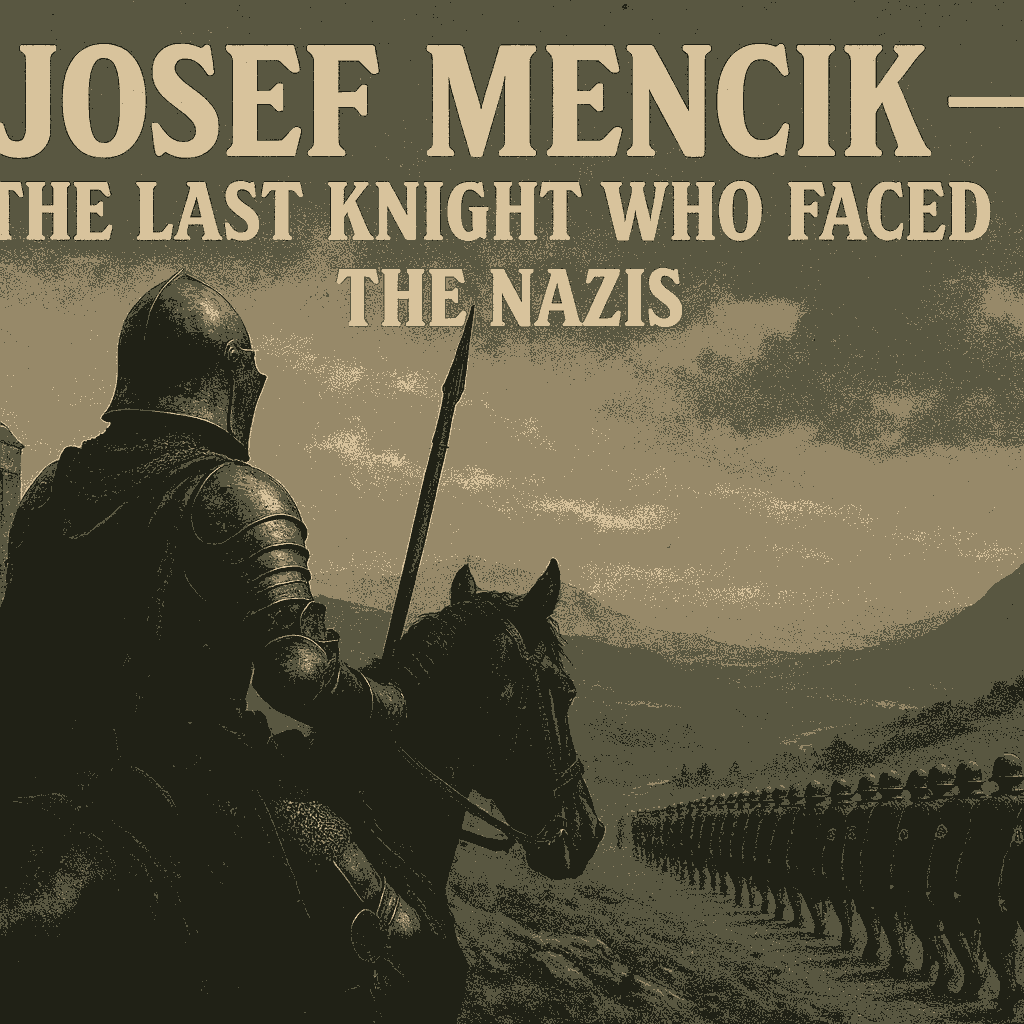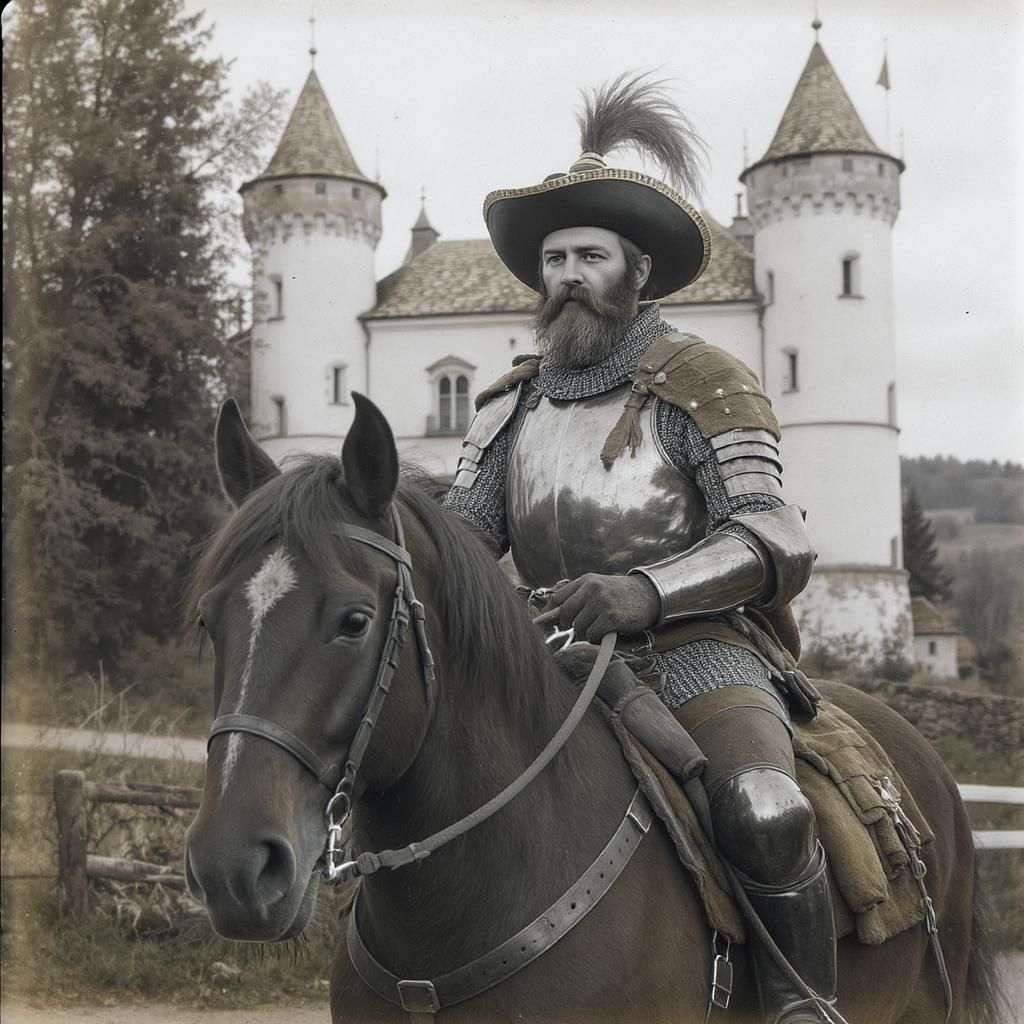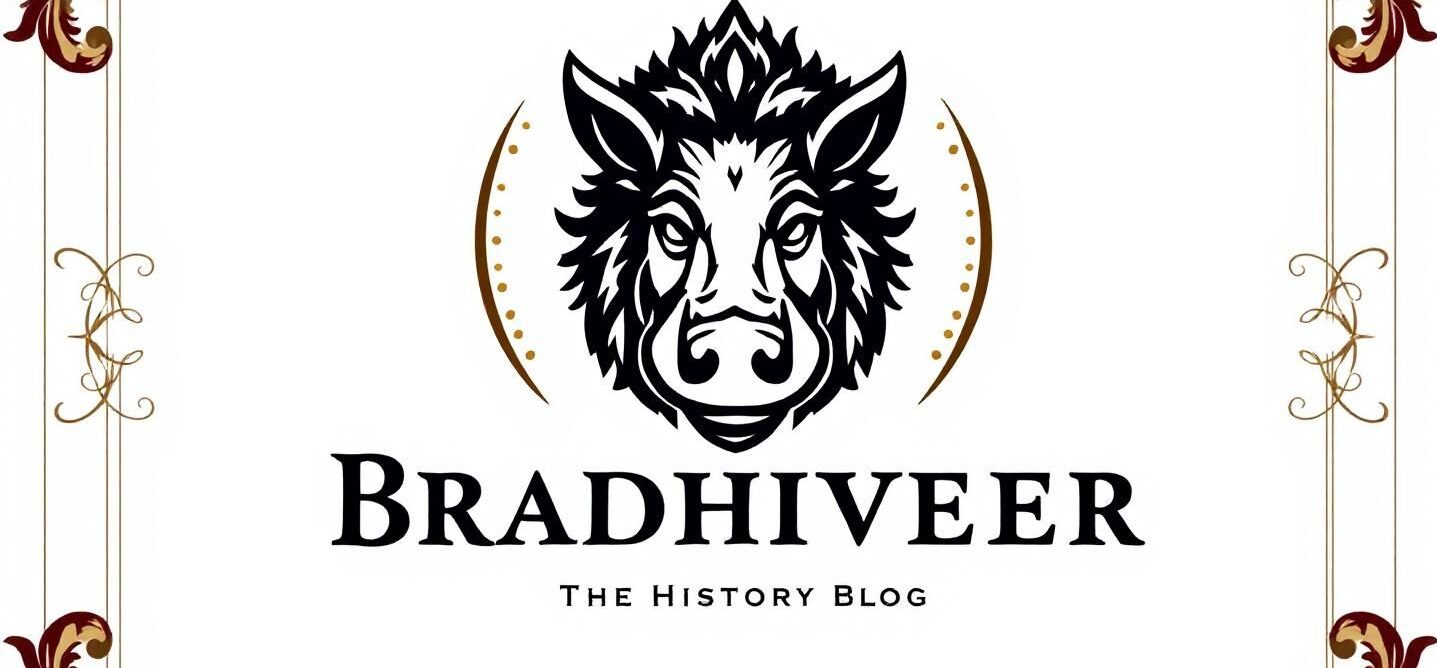Heroes throughout history have often been shaped by the cruel machinery of war. Rarely has a person come from the past — not in spirit, but in body. Josef Mencik, the mythical Czech nobleman better known as the “Last Knight of Europe,” was such a person.

Fully clad in medieval plate armor, mounted on a horse, and riding into the 20th Century, Josef Mencik became a living anachronism in favor of honor, tradition, and bravery.
As Adolf Hitler’s armies poured into Czechoslovakia in 1938, most of Europe capitulated in waves of fear.
Josef Mencik, however, did the unthinkable—he mounted his horse, drew his sword, and publicly stood against the Nazis — alone — when no one else would have the bravery to do so.
This is the incredible true story of Josef Mencik, the last knight who took on the Nazis.
Contents
- 1 Who Was Josef Mencik?
- 2 The Historical Context
- 3 Josef Mencik’s Defiance: The Stand at the Bridge
- 4 Why Is Josef Mencik Called the “Last Knight of Europe”?
- 5 What Happened to Josef Mencik?
- 6 The Symbolism of Josef Mencik’s Stand
- 7 Lessons from Josef Mencik’s Life
- 8 Visiting Choustníkovo Hradiště Today
- 9 Conclusion
Who Was Josef Mencik?

Josef Mencik was a Czech nobleman, oddball patriot and resident of Choustníkovo Hradiště, located in what was then Czechoslovakia.
Not much evidence of Mencik’s earlier days exists, but he will be remembered chiefly for his extreme obsession with a medieval chivalric culture and knighthood.
He lived in a Gothic castle, which he constructed and furnished like castles from the Middle Ages. Mencik went so far as to wear full plate armor everyday, and went about riding a horse.
His oddity was not a hobby or pastime — it was an actual project to transform back into the medieval age, with values like honor, loyalty, and courage.
To locals, he was a lovable freak, but history would soon reckon him a hero.
The Historical Context
In order to comprehend Mencik’s contribution, we first need to be aware of what politically was happening in 1938. Hitler had long coveted the Sudetenland, a part of Czechoslovakia that was inhabited by a majority of ethnic Germans.
In a step that started with the highly publicized occupation of Czechoslovakia’s land in the Munich Agreement – which Britain, France, Italy, and Germany signed; and, importantly, Czechoslovakia was not invited to sign.
The Munich Agreement allowed Germany’s immediate occupation of the Sudetenland, and in surrendering their sovereignty, the western powers committed their betrayal of Czechoslovakia and it became apparent that Czech sovereignty was forfeited.
The world awaited the next steps as German troops were welcomed into the Sudetenland, they have established what they had long dreamed of – a border with a friendly and co-ethnic state.
Except, one person did not wait for the consequences to unfold.
Josef Mencik’s Defiance: The Stand at the Bridge
When the Nazis moved into Choustníkovo Hradiště, the German military faced a bizarre and almost movie-like situation.
Josef Mencik, suited head to toe in armor, rode out on horseback to block a bridge — the principal entryway into the village.
He rode, sword in hand, with the banner of his ancestral house. Mencik stated that he will defend his homeland under attack from German troops, or by his account, invaders.
He ordered the German troops to turn around. There he was alone like a medieval knight against the mechanized war machine of the 20th century.
According to some accounts, the German soldiers wavered, momentarily puzzled, unsure what-it-seemed like a ghost of medieval ages.
Ultimately, they did not act violently in the end but rather they totally ignored Mencik. He was shoved away but before being brushed aside made his point – and history.
Why Is Josef Mencik Called the “Last Knight of Europe”?
Mencik’s title as the “Last Knight of Europe” is more than a label. It was the last reverberation of a tradition that many believed to be extinct.
During a time of tanks, machine guns, and fascism, Mencik reaffirmed the knightly virtues of valor, honor, and a spirit of resistance not just in words, but in action.
Even with the vanquishment of a regime, an overwhelming force of might and machine, and the treachery of politicians who negotiated accommodations or fled to exile, in the final moments of combat, Mencik made a stand armed only with a sword and courage.
While it was fruitless action from a military perspective, it was an immense display of what one individual can stand for, in opposition to overwhelming might and power.
What Happened to Josef Mencik?
Following the German annexation, Mencik dropped out of public consciousness. There are conflicting accounts on whether he was later arrested or persecuted by the Nazis, or whether he lived a quiet life outside of politics until the end of the war.
Much of his life is unknown, however, his legend has undeniably grown over the years.
In the past decade, Josef Mencik has received attention in the form of documentaries, books, and articles, particularly within Czech and Slovak history. There are a few monuments and plaques commemorating his courage in local villages.
He is not well-known to the general public but his legacy lives on in historians celebrating his image as a figure representative of resistance and individuality.
The Symbolism of Josef Mencik’s Stand
Mencik’s disobedience was more than mere defiance; it represented a giant act of resistance.
Standing Lonely Against Tyranny
Whether it was truly a radical act, who can say; but as other governments surrendered to Hitler, a man alone wielding a sword was a potent act of protest.
Principle over Outcome
Mencik’s act expresses a lesson that can last through centuries: that it is necessary to act upon principles, even when they die.
Reviving Principles Refused
His armor and kingdom was not fanciful. It was part of an objection to the brutality and cynicism of the modern world.
Lessons from Josef Mencik’s Life
🔹 Courage Is Detached from Success
He did not stop Hitler’s army. But success was never the point — courage was.
🔹 One Person Can Inspire Generations
Even without trumpets or thousands of followers or institutional power, a person’s stand can echo through generations.
🔹 We Need Modern Day Knights
In age of digital wars, civil unrest, and relativism, this world raises more reasons for people to stand for old time values — even without armor.
Visiting Choustníkovo Hradiště Today
For the history buff, Choustníkovo Hradiště offers a great deal more than its picturesque countryside. While Mencik’s castle itself now stands in ruins, the village provides a lasting link to him in oral tradition, museum display and village celebrations.
Some travel bloggers and war historians make pilgrimages to the area, in the hopes of reconnecting with this little-known yet profoundly inspiring piece of World War II history.
You may also like:
Conclusion
Josef Mencik’s story is not one of military victory or political success, but it is one of the most human and vivid stories of World War II. In an age of ever-present compromise, fear and surrender – he chose to stand.
He stood in honour, dignity also stood alone – making his statement that sometimes the courageous act of isolation is greater than the force of the armies.
In today’s complex world of battles – both political and moral – we may not need men in armor. But we certainly need people like Josef Mencik: courageous, principled, and unwilling to surrender to oppression.

2 thoughts on “Josef Mencik – The Last Knight Who Faced the Nazis”